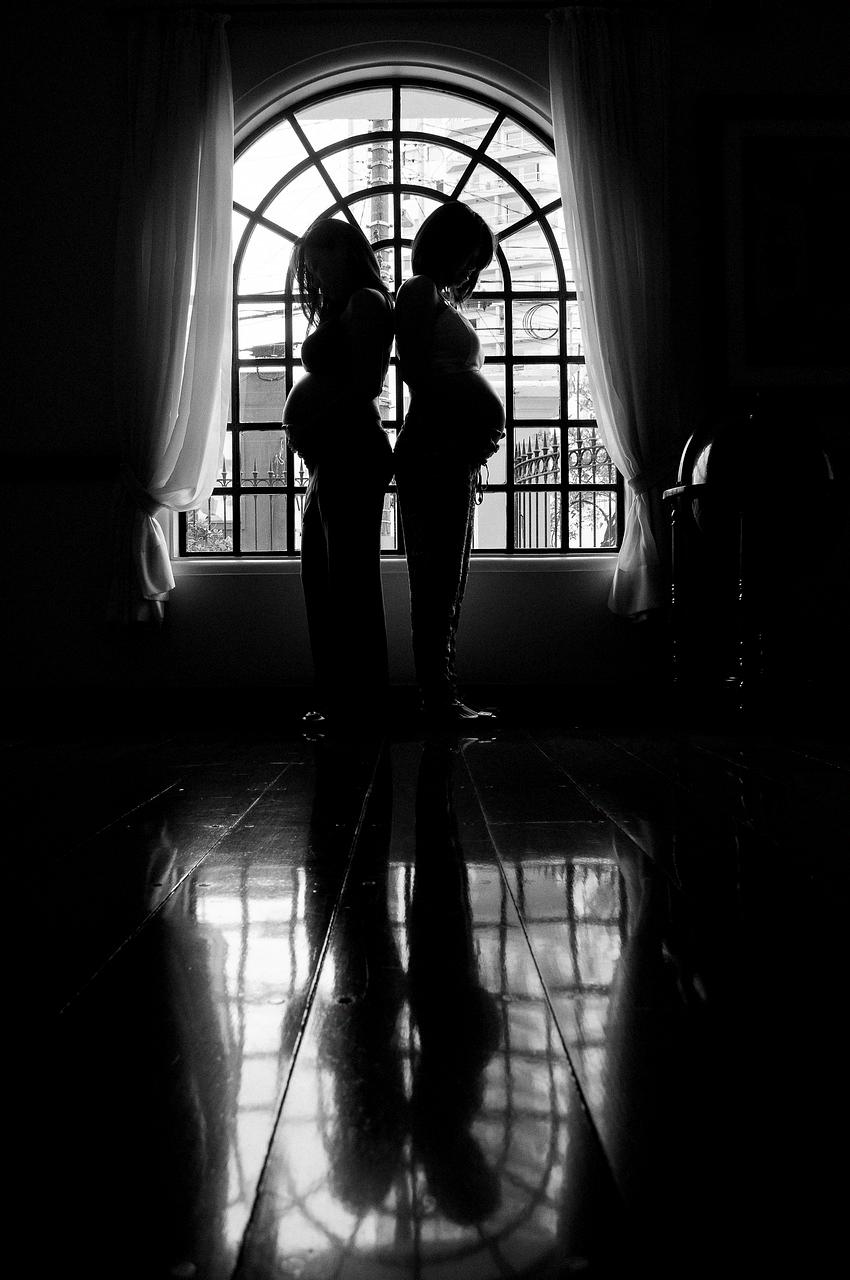After a C-section, it’s essential to follow your doctor’s postoperative care instructions diligently to ensure optimal healing and prevent complications. One of the primary things to avoid after a C-section is lifting heavy objects, including items heavier than your baby.
It’s crucial to refrain from lifting anything heavier than your baby for at least 4-6 weeks after the surgery to allow your incision to heal properly. Lifting heavy objects can strain the abdominal muscles and delay the healing process, increasing the risk of complications.
In addition to lifting heavy objects, it’s also important to avoid strenuous activities that put pressure on the abdominal area. Activities such as intense exercise, heavy household chores, and lifting weights should be avoided during the initial weeks of recovery to prevent strain on the incision site.
Driving should also be avoided for a few weeks after a C-section. The act of driving involves using abdominal muscles, which can be uncomfortable and potentially hinder the healing process. It’s recommended to wait until you are no longer taking prescription pain medication and can comfortably perform emergency maneuvers before getting behind the wheel.
Similarly, it’s advisable to avoid soaking in water, such as baths and swimming pools, for at least 4-6 weeks after a C-section. Prolonged exposure to water can soften the incision site, increasing the risk of infection. Instead, opt for gentle showers to keep the incision clean and dry.
Engaging in sexual intercourse is another activity that should be avoided during the initial weeks of recovery after a C-section. Intercourse can put pressure on the abdomen, potentially causing discomfort and disrupting the healing process. It’s essential to wait until you have received clearance from your healthcare provider before resuming sexual activity.
Avoiding wearing tight clothing or restrictive garments can also aid in the healing process after a C-section. Tight clothing can put pressure on the incision site, leading to discomfort and potential complications. Opt for loose, breathable clothing that allows for airflow and minimizes irritation.
Smoking can impede the healing process after a C-section due to its impact on circulation and oxygen delivery to tissues. It’s highly recommended to refrain from smoking or being exposed to secondhand smoke during the recovery period to promote optimal healing and reduce the risk of complications.
Alcohol consumption should also be limited or avoided altogether during the recovery period after a C-section. Alcohol can interact with pain medications, disrupt sleep patterns, and hinder the body’s ability to heal. It’s best to consult with your healthcare provider regarding safe levels of alcohol consumption post-surgery.
While it’s important to stay hydrated during the recovery period, excessive caffeine intake should be avoided. High caffeine consumption can interfere with sleep quality and increase the risk of dehydration, both of which can hinder the healing process after a C-section. Opt for water and other hydrating beverages to support optimal recovery.
Avoiding lifting heavy weights at the gym or engaging in high-impact exercises such as running and jumping is crucial during the initial weeks of recovery after a C-section. These activities can strain the abdominal muscles and delay the healing process, increasing the risk of complications. Gradual reintroduction of exercise under medical supervision is recommended to prevent injury.
Lastly, it’s vital to listen to your body and communicate any concerns or unusual symptoms to your healthcare provider during the recovery period after a C-section. Being mindful of your physical limitations and seeking medical attention if needed can help ensure a smooth and successful recovery journey.

